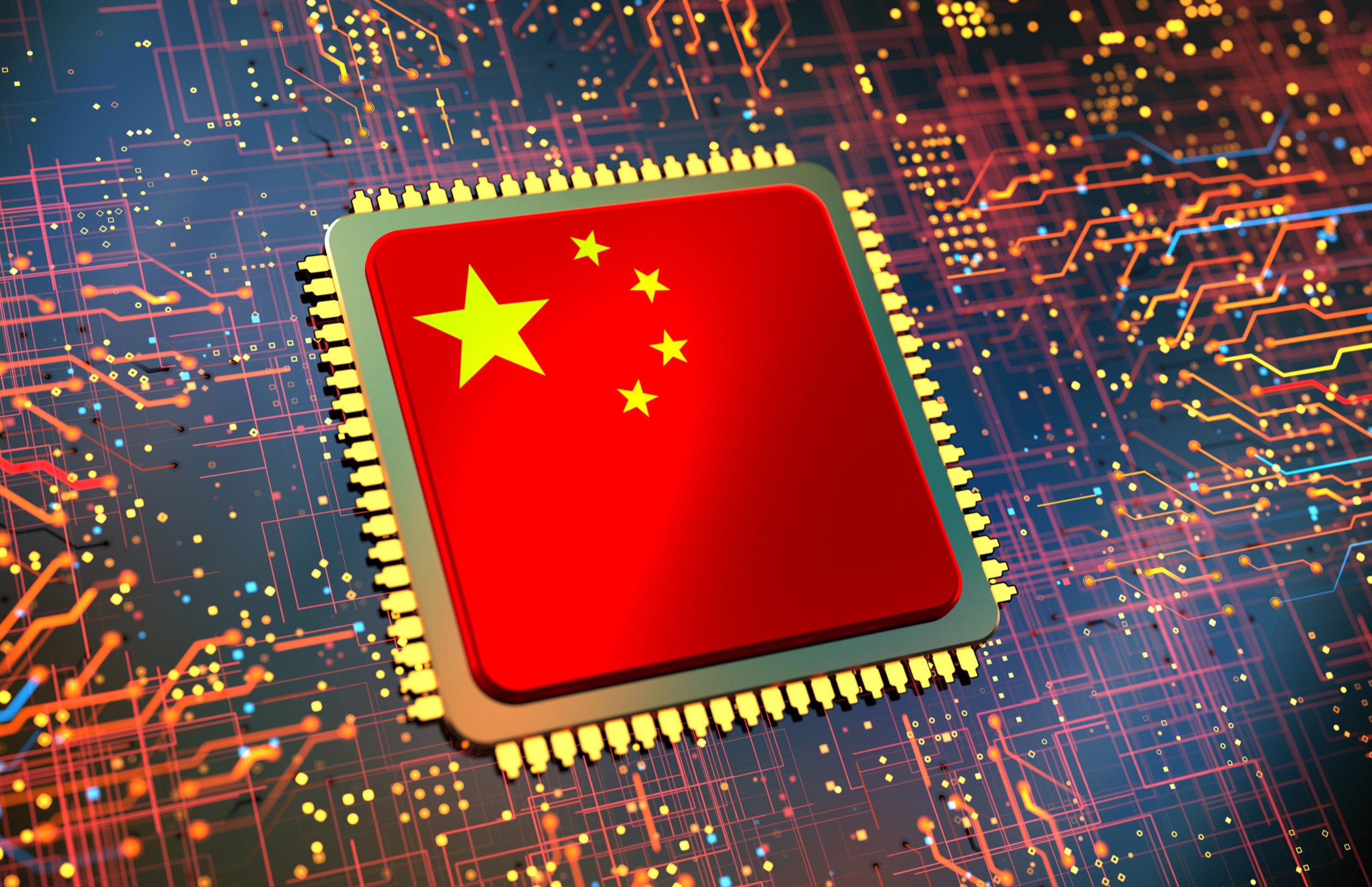China responds to US Department of Commerce adding 23 more Chinese companies to its Entity List
News Analysis

22
Sept
2025
China responds to US Department of Commerce adding 23 more Chinese companies to its Entity List
China launched two investigations targeting the US semiconductor industry shortly after 23 more Chinese companies were added to the US Entity List. These developments may trigger fluctuations in the global analogue chip market and accelerate the process of domestic substitution in China.
On 12 September, the US Department of Commerce (Commerce)—under the Bureau of Industry and Security (BIS)—added 23 Chinese enterprises, including 13 semiconductor companies, to the Entity List on the grounds of “violating the interests of US national security or foreign policy.” Enterprises included in the list are restricted from obtaining US technologies and products.
On 13 September, the Chinese Ministry of Commerce (MOFCOM) responded by launching anti-dumping and anti-discrimination investigations into semiconductor products ahead of US–China trade talks in Spain.
First, it launched an anti-dumping investigation into imported analogue chips originating from the USA. From 2022 to 2024, Chinese import volumes of relevant products increased by 37%, although import prices plummeted by 52%, suggesting potential price distortion activity. The investigation targets >40nm and above technology, crucial to automotive and industrial systems.
Second, China initiated an anti-discrimination investigation into US chip trading policies against Chinese companies, including those under Section 301 and export restrictions on chips shipped to China. The scope of the investigation covers the entire industrial chain from design and manufacturing to equipment and materials.
China is the world’s largest consumer of analogue chips, reportedly accounting for 35% of global consumption. Notably, the USA represents 55.6% of Chinese analogue chip imports. Depending on the final ruling of the investigations, the potential implementation of tariffs by China on semiconductor imports is likely to result in the reduced cost-competitiveness of US-origin products.
China has already been ramping up a rapid expansion of its mature-node (>28nm) production capacity, which could replace or supplement reduced imports if sufficient economies of scale are achieved. Project Blue notes, however, that a key factor to monitor is whether China’s anti-involution measures could moderate domestic industry growth, leading producers to adopt more cautious expansion strategies.
Keep track of the fast-moving evolution of the semiconductor supply chain with Project Blue’s Semiconductor Monthly Service. Receive news and price data, and three-month outlooks for antimony, boron, gallium, germanium, indium, silicon, tantalum, and tin, on a monthly basis, together with demand-side analysis. Connect with our global expert team.